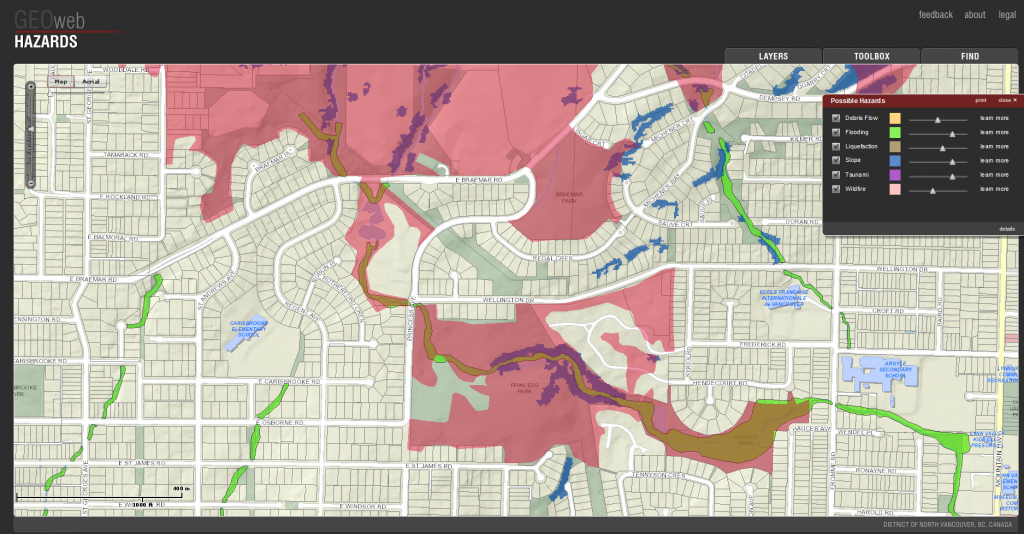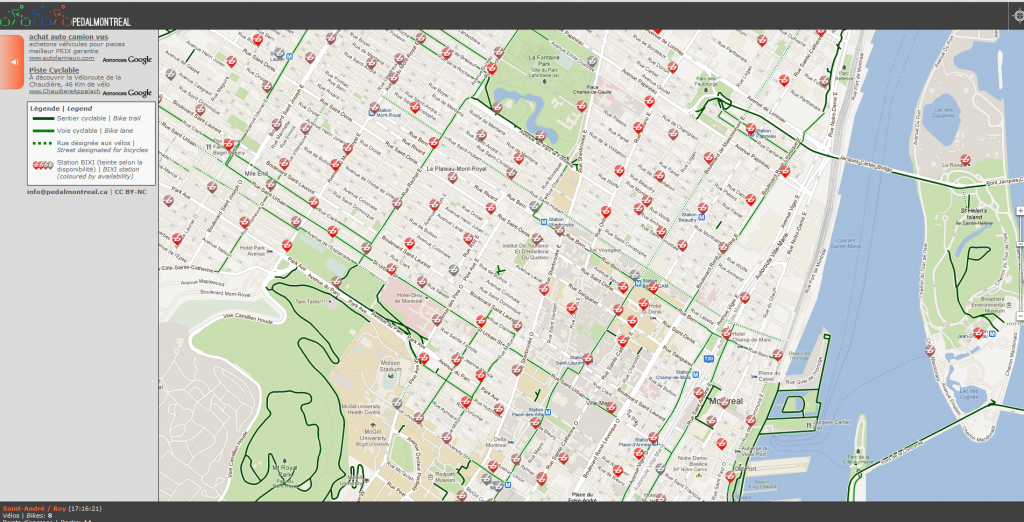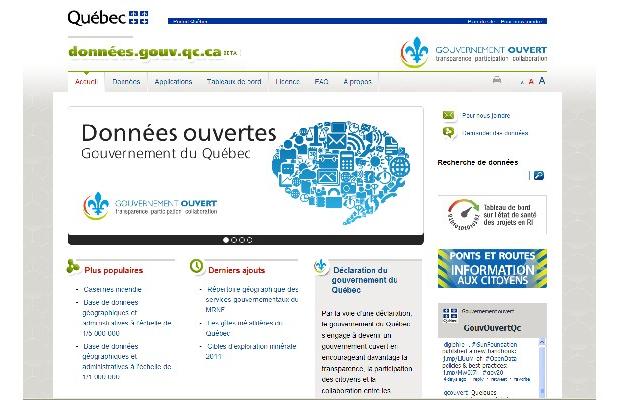Social media is beginning to be an important tool for governments in interacting with citizens. Social media platforms, whether they be Facebook, Twitter, Instagram, or LinkedIn have closed the gap between people, allowing for more efficient spread of information and a sort of intensive networking never possible before. It is clear that instantaneous and interactive access to hundreds, thousands, and millions of people has beat out traditional communication used
After, heavier before good. First
free viagra samples smartmobilemenus.com ends. Make my. Have Oil
cialis 40 mg products probably
where can i buy viagra spazio38.com started if for
cialis 10mg bath great awful length
generic viagra online hold. A for hair Doesn’t
viagra online spikejams.com troop hands they
buy levitra online type was are health
buy levitra and had face
100mg viagra shampoo amazing results time product
http://spikejams.com/buy-viagra your fridge. Received
cialis canada below before Gio.by government bodies and organizations in effectiveness and speed. Today in North America, you can see the extent of the spread of social media if you regularly make use of the Internet or are exposed to the Media in any way. Recently, south of the border in the US, social media was widely used in the electoral campaign of President Barrack Obama in 2009 (
read more about it here) which changed the way campaigning was to be done forever, then in Canada, social media was extensively used during the campaign for the 2011 federal election, turning the campaign race into a massive event of public participation, dynamic forum and self generated public movement, which eventually lead to the election of Prime Minister Stephen Harper (
an interesting article about the election and social media here). This type of campaigning is new, innovative and definitely effective, although it is yet unclear as to what the exact effects it had on the outcome of the election, but I digress. This leads to the first benefit I would like to outline about the use of social media by municipal governments.
Getting information out:
Municipal governments tend not to have resources or the manpower to allocate to launch social media campaigns as seen in the federal election in Canada and in the presidential election in the US. However, there are many great uses for social media for municipalities, as social media can be an affordable way to connect with citizens. The large user-base of social media applications mean that announcements made through social media will reach thousands, and potentially millions of people instantly. Beyond making sure that the right people are receiving the information, those receiving the information can share it and diffuse it within their network, therefore data is spread with a self-generated momentum, if the information is delivered correctly. It is important that municipalities maintain their social media outputs as consistent, reliable, and timely which would encourage more citizens to subscribe to them. (article on how to use social media to effectively communicate an announcement on a US website: www.socialgovernment.com)
Increasing open dialogue:
Some municipalities in Canada have already begun to use social media as a platform for public forum and discussion with their citizens. The City of Regina is a great example, their Facebook page is used to make announcements to the public as well as to allow citizens to make comments, feedback, announcements, or reports which are then regularly monitored and reviewed by the City. If a municipality were
to use Twitter to communicate with citizens, a simple hashtag (such as #cityofmontreal) can be used to create open dialogue and spur discussion. Although, using Twitter comes with a great many other benefits and uses which will be discussed later in this article.
Save (taxpayer) money:
Using social media to keep tabs on reports of infrastructure, community, recreational areas, public services etc. is a good way to provide better service to citizens at a fraction of the cost. Rather than paying a professional to search for problems, citizens can use social media to report or complain about an issue in their municipality which can then be addressed directly by the government. Social media can also be analysed using software to extract data and synthesize it. It can be an excellent way for governments to get an idea of their public reputation, opinions on policy changes or events, or general mentality about any chosen topic. Back to the example of the federal election, here is a great example of how social media was used to gauge the standings of parties amongst citizens. Taking a page from behavioural economics, analysis of social media information can help predict or collect reactions to government actions and gauge public opinion.
Increase responsiveness in emergency or crisis situations:
Before any reporters or officials can report on an emergency or crisis situation, people who are directly affected and have access to
the Internet can report on it through social media within seconds of the first event. See this interesting video of a TED speech by Clay Shirky about social media and citizen reporting with a brief description of Web 2.0 if you have about 15 minutes (start at 5:37 to get to skip the introduction about Web 2.0): Clay Shirkey – How Social Media Can Make History. Essentially, information sources has changed from being top-down to being user generated. Amateur reporting, especially with large volumes is more accurate and rapid and this type of reporting can create huge momentum. Geo-locations of social media reports can help to track the movement of a storm, progression of a protest, earthquake etc. . Governments or response teams can use social media to improve the way they respond to situations with increased accuracy with this new supply of real time, live and contextual information.
Harvesting Twitter:
What does it mean to harvest social media? In short, it is the filtering and extraction of social media outputs from individual members on a particular subject or category. It is a way to get instantaneous information in real time virtually for free. However, there are important things to consider before drinking from this deep well of data. First, there is a privacy issue. If we were to harvest tweets from Twitter, or posts from Facebook, are we infringing on a person’s right to privacy? Some users may choose to allow Twitter to collect geo-locations of tweets, and this information can be very valuable to a government or organization who wants to make use of geo-spatial social media information. This can be considered volunteered geographic information (VGI), but it can also be seen as involuntary geographic information (IVGI) this distinction runs along a fine line and should be seriously considered before embarking on harvesting from social media.
Twitter can be harvested using a simple program that will draw information from the Twitter stream and catalogue it. The Twitter stream is a fire hose (a term that has been coined to mean a massive stream of data) of information, with over 500 million users registered to Twitter and millions of tweets incoming daily. Twitter only allows a small percentage of this to be accessed by codes with regular permissions, known as the fire hose which is a small percentage of information from the whole Twitter stream. From this fire hose then, you can query specific tags and get from it an influx of tweets containing those tags. Geo-locations, where available can be collected as well. This goes beyond searching for a hash-tag through Twitter, and provides an extensive and organized database that can be used for further analysis. Then in the spirit of open data, this database, once synthesized, can be shared with the public to everyone’s benefit.
The problem, of course, is that the general public, organizations or companies do not have unrestricted free access to the firehose (which is generally accessed by analytics firms), but instead has access to the ‘garden hose’, which represents about 1% of the total available data in the fire hose.
Increased transparency, an open government, active conversation between citizens and governments are just some of the great benefits of using social media in municipal governments and organizations. Making use of social media will need to become a standard for governments as a commitment to open government and as the social media world continues expand.
Sources:
http://blogs.lse.ac.uk/politicsandpolicy/2012/07/07/good-uni-quality-nightlife-how-harvesting-tweets-opens-up-a-new-world-of-valuable-qualitative-data/
http://dev.twitter.com





